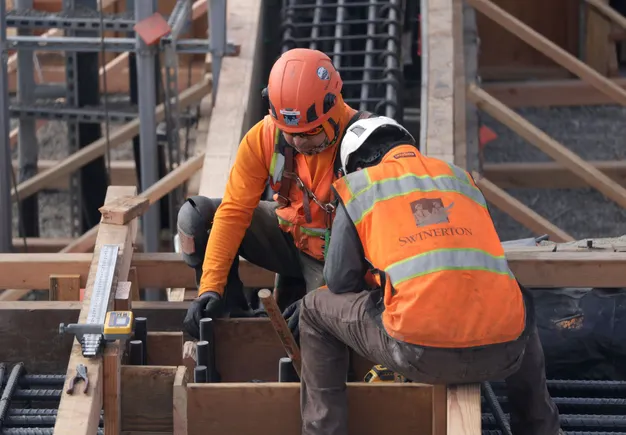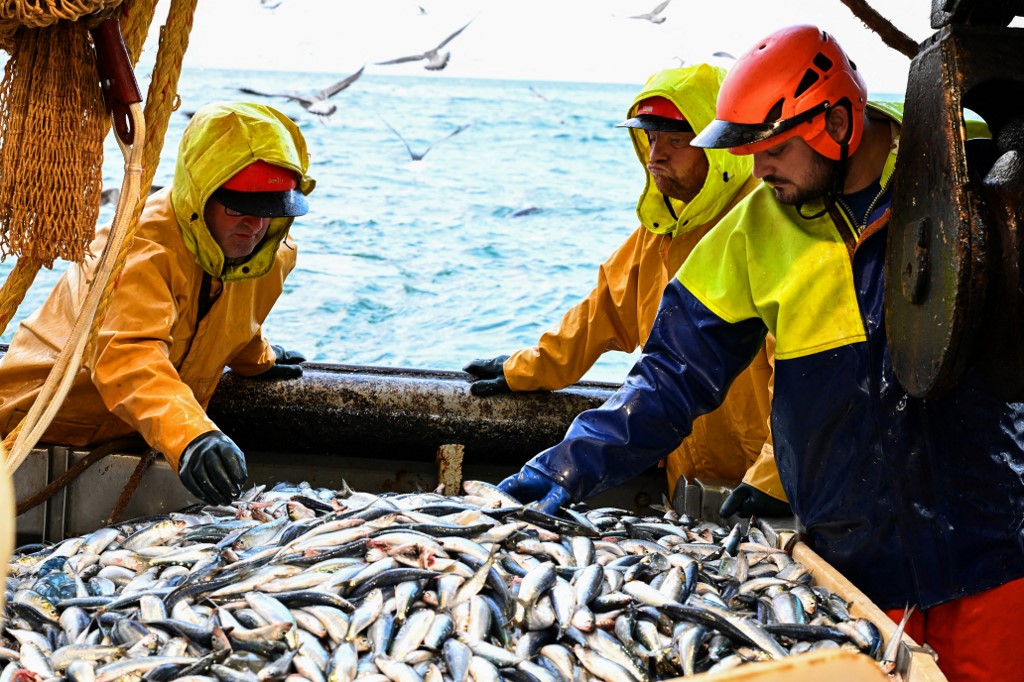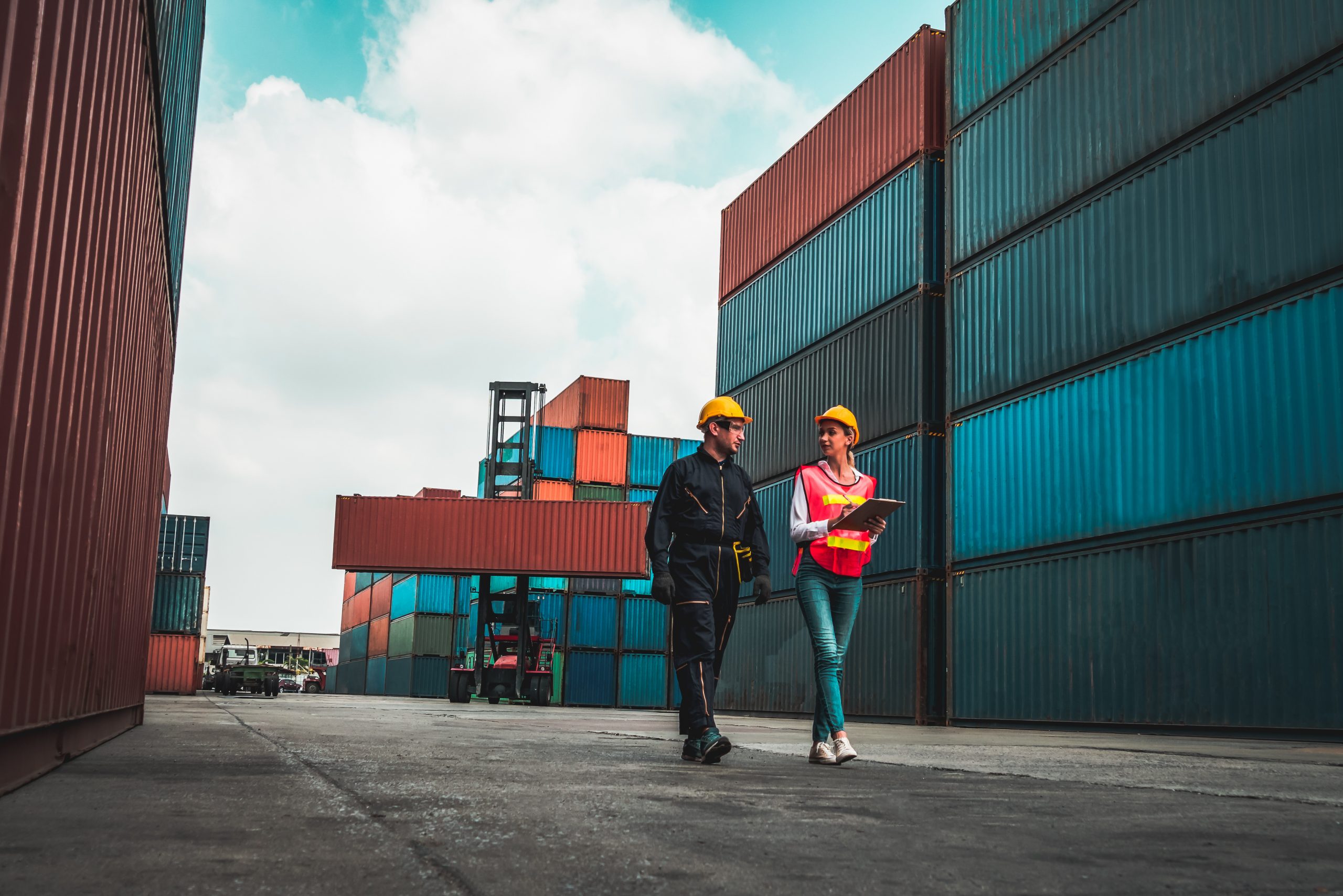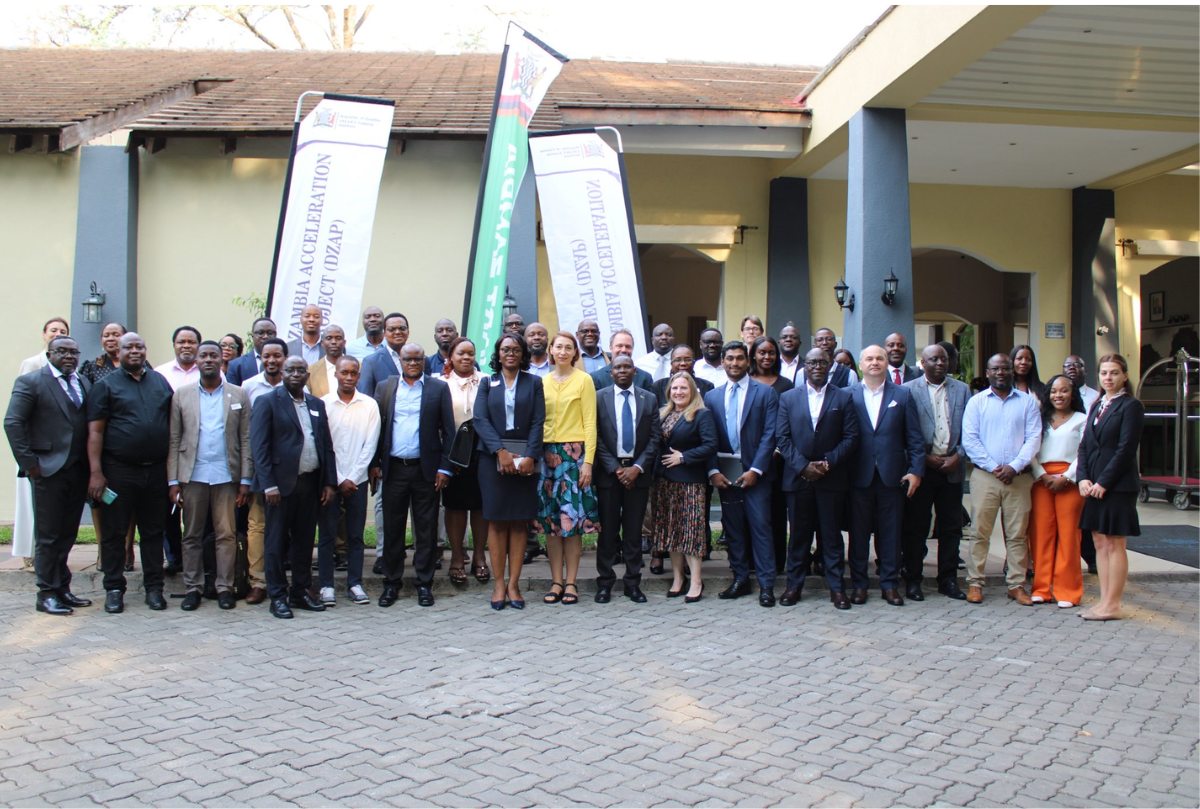Is Iran running out of water? – DW

Iran Grapples with Severe Environmental Crisis Amidst Extreme Heatwave
Executive Summary
- Iranian authorities ordered the closure of government offices and public institutions across 16 provinces, including the capital Tehran, in response to an extreme heatwave and to mitigate critical power shortages.
- This crisis underscores profound challenges to Iran’s progress on several Sustainable Development Goals (SDGs), including SDG 6 (Clean Water and Sanitation), SDG 7 (Affordable and Clean Energy), SDG 11 (Sustainable Cities and Communities), and SDG 13 (Climate Action).
- The meteorological agency forecasts that the extreme weather, with temperatures expected to reach 50 degrees Celsius (122 Fahrenheit), will persist, intensifying the strain on national infrastructure and natural resources.
Critical Failures in Sustainable Resource Management
Water Scarcity and SDG 6: Clean Water and Sanitation
- The capital, Tehran, is facing its lowest rainfall levels in 60 years, a severe impediment to achieving SDG 6. This has led to a drastic fall in reservoir levels.
- In response, authorities have reduced water pressure in Tehran’s pipeline network to counteract the depletion.
- Sustainable development researcher Nasser Karami reports that “all rivers and water sources within a 100-kilometer radius of Tehran have been depleted.”
- Climate experts in Iran state that 80% of the country’s reservoirs are nearly empty, with normal water supplies not expected to be restored for at least two months.
Energy Instability and SDG 7: Affordable and Clean Energy
- The heatwave has caused a surge in the use of air conditioning, placing unsustainable strain on an already unstable power grid and undermining the objectives of SDG 7.
- This has resulted in regular, hours-long power outages in temperatures ranging from 40 to 50 degrees Celsius, creating an almost unbearable burden for the population.
- The government-mandated closures are a direct, albeit temporary, measure to reduce the overwhelming demand on the national electricity supply.
Unsustainable Urbanization and Climate Vulnerability
Challenges to SDG 11: Sustainable Cities and Communities
- Tehran, a city of over 9 million people, has long faced water scarcity issues, which are now critically exacerbated by decades of poor resource management and unsustainable urban growth, directly challenging the principles of SDG 11.
- Experts have warned for decades that Iran’s population, which tripled from 28 million in 1969 to a projected 92 million in 2025, has outstripped the capacity of its natural resources.
- Environmental expert Mansour Sohrabi notes that misguided development has led to cities with few trees, making them more vulnerable to heatwaves, sandstorms, and pollution.
The Intensifying Impact of Climate Change and SDG 13: Climate Action
- The severe heatwave and accompanying drought are clear indicators of the escalating climate crisis, highlighting the urgent need for Iran to implement strategies aligned with SDG 13.
- Climate researcher Nasser Karami emphasized that this scenario was predicted 30 years ago, stating, “It was clear that the uncontrolled development of large urban metropolises would lead to precisely this point… The government knew about it, but did nothing.”
- The failure to take climate action has resulted in a cascade of environmental problems, including water shortages, extreme heat, and air pollution.
Expert Analysis and Future Outlook
Proposed Sustainable Solutions
- Expert Frustration: Experts report being frustrated by decades of official inaction despite their repeated warnings and concrete proposals. Sheena Ansari, head of an Iranian environmental organization, warned that “the isolated measures currently being taken are not enough to address the crisis.”
- Sustainable Water Management (SDG 6): Researcher Mohammad Darvish has advocated for sustainable water solutions, such as channeling surface water into underground layers during rainy seasons. He explained this method “can serve as a long-term reservoir and provide a sustainable water source for years to come” by preventing evaporative loss.
Government Acknowledgment and Warnings
- Iranian President Masoud Pezeshkian issued a stark warning that excessive water consumption could leave Tehran’s dams empty by September or October if consumption is not controlled.
- The nation faces recurring electricity, gas, and water shortages during peak demand months, compounded by over-consumption and a lack of sustainable infrastructure.
- No concrete, long-term plans to address the systemic environmental crisis have been announced, reflecting years of neglecting sustainable development principles and the integration of the SDGs into national policy.
SDGs Addressed in the Article
- SDG 3: Good Health and Well-being: The article highlights the “almost unbearable burden” of extreme heat (40-50 degrees Celsius) and power outages on people, which poses significant health risks.
- SDG 6: Clean Water and Sanitation: This is a central theme, focusing on severe water scarcity, drought, mismanagement of water resources, depleted reservoirs, and the impact on Tehran’s 9 million residents.
- SDG 7: Affordable and Clean Energy: The article discusses electricity shortages, unstable power grids strained by air conditioning use, and regular power outages, impacting access to reliable energy.
- SDG 11: Sustainable Cities and Communities: The issues are concentrated in urban areas, particularly Tehran. The article discusses the consequences of uncontrolled urban development, population growth, and the failure of city administration to provide basic services like water and electricity.
- SDG 13: Climate Action: The article directly links the crisis to an “extreme heat wave” and “climate change,” mentioning the need for adaptation and the failure of authorities to act on warnings from climate researchers.
- SDG 15: Life on Land: The article mentions the depletion of “all rivers and water sources” and cities having “hardly any trees left,” indicating severe degradation of freshwater ecosystems and terrestrial environments.
Specific SDG Targets Identified
-
SDG 6: Clean Water and Sanitation
- Target 6.1: Achieve universal and equitable access to safe and affordable drinking water for all. The article shows this target is not being met, as “water has been turned off for up to 48 hours in several Iranian cities” and “water pressure in Tehran’s pipeline network has been reduced.”
- Target 6.4: Substantially increase water-use efficiency across all sectors and ensure sustainable withdrawals and supply of freshwater to address water scarcity. The article points to failures in this area, citing “over-consumption,” “mismanagement of resources,” and the president’s warning that dams could run dry “unless water consumption was curbed.”
- Target 6.5: Implement integrated water resources management at all levels. The article criticizes the lack of such management, quoting an expert who says, “We have been warning the authorities in Iran about this situation for 30 years,” and noting that “no concrete plans to address the crisis have been announced.”
-
SDG 7: Affordable and Clean Energy
- Target 7.1: Ensure universal access to affordable, reliable and modern energy services. The article demonstrates a lack of reliable energy, stating that “power outages lasting hours are a regular occurrence” and the power grids are “unstable.”
-
SDG 11: Sustainable Cities and Communities
- Target 11.1: Ensure access for all to adequate, safe and affordable housing and basic services. The article highlights the failure to provide basic services like water and electricity to the more than 9 million people in Tehran.
- Target 11.5: Significantly reduce the number of deaths and the number of people affected… by disasters, including water-related disasters. The article describes a widespread disaster, with an “extreme heat wave” and drought affecting 16 of Iran’s 31 provinces.
- Target 11.b: Substantially increase the number of cities and human settlements adopting and implementing integrated policies and plans towards… climate change adaptation, and disaster risk reduction. The article notes a failure in this area, stating that “years of neglecting sustainable development have led to the country now facing numerous environmental problems” and “no concrete plans to address the crisis have been announced.”
-
SDG 13: Climate Action
- Target 13.1: Strengthen resilience and adaptive capacity to climate-related hazards and natural disasters in all countries. The article shows a lack of resilience, as the country is severely impacted by the heat wave and drought, with authorities resorting to shutting down offices and services.
Indicators for Measuring Progress
-
Indicators for SDG 6 (Clean Water and Sanitation)
- Level of water stress: The article provides a direct indicator: “80% of the country’s reservoirs are nearly empty.” Another is the president’s warning that dams supplying the capital could “run dry within months.”
- Change in water-use efficiency: The article implies negative efficiency through mentions of “over-consumption” and the need to “curb” water use.
- Proportion of population with safely managed drinking water services: The article implies a low or decreasing proportion, stating “water has been turned off for up to 48 hours” and “water pressure… has been reduced.”
-
Indicators for SDG 7 (Affordable and Clean Energy)
- Proportion of population with access to electricity: While access exists, its reliability is an indicator. The article states, “power outages lasting hours are a regular occurrence,” which can be measured as the frequency and duration of outages.
-
Indicators for SDG 13 (Climate Action)
- Number of countries that have communicated the establishment or operationalization of an integrated policy/strategy/plan which increases their ability to adapt to the adverse impacts of climate change: The article implies this is not in place, stating “no concrete plans to address the crisis have been announced.”
- Measurement of climate hazard intensity: The article provides a specific data point: “temperatures forecast to hit 50 degrees Celsius (122 Fahrenheit).”
-
Indicators for SDG 15 (Life on Land)
- Change in the extent of water-related ecosystems over time: The article provides a stark indicator: “All rivers and water sources within a 100-kilometer radius of Tehran have been depleted.”
Summary of SDGs, Targets, and Indicators
| SDGs | Targets | Indicators |
|---|---|---|
| SDG 3: Good Health and Well-being | 3.d: Strengthen capacity for early warning, risk reduction and management of health risks. | Extreme heat reaching 50°C (122°F), described as an “almost unbearable burden.” |
| SDG 6: Clean Water and Sanitation | 6.1: Achieve universal and equitable access to safe and affordable drinking water. | Water turned off for up to 48 hours; reduced water pressure in the pipeline network. |
| 6.4: Substantially increase water-use efficiency and ensure sustainable withdrawals. | 80% of reservoirs are nearly empty; warnings of dams running dry. | |
| 6.5: Implement integrated water resources management. | “No concrete plans to address the crisis have been announced.” | |
| SDG 7: Affordable and Clean Energy | 7.1: Ensure universal access to affordable, reliable and modern energy services. | “Power outages lasting hours are a regular occurrence.” |
| SDG 11: Sustainable Cities and Communities | 11.1: Ensure access for all to adequate, safe and affordable basic services. | Disruption of water and electricity supply for over 9 million people in Tehran. |
| 11.5: Significantly reduce the number of people affected by disasters. | Government offices closed in 16 of 31 provinces due to the heat wave. | |
| SDG 13: Climate Action | 13.1: Strengthen resilience and adaptive capacity to climate-related hazards. | Temperatures hitting 50°C; authorities resorting to shutting down services as a coping measure. |
| SDG 15: Life on Land | 15.1: Ensure the conservation and sustainable use of inland freshwater ecosystems. | “All rivers and water sources within a 100-kilometer radius of Tehran have been depleted.” |
Source: dw.com

What is Your Reaction?
 Like
0
Like
0
 Dislike
0
Dislike
0
 Love
0
Love
0
 Funny
0
Funny
0
 Angry
0
Angry
0
 Sad
0
Sad
0
 Wow
0
Wow
0








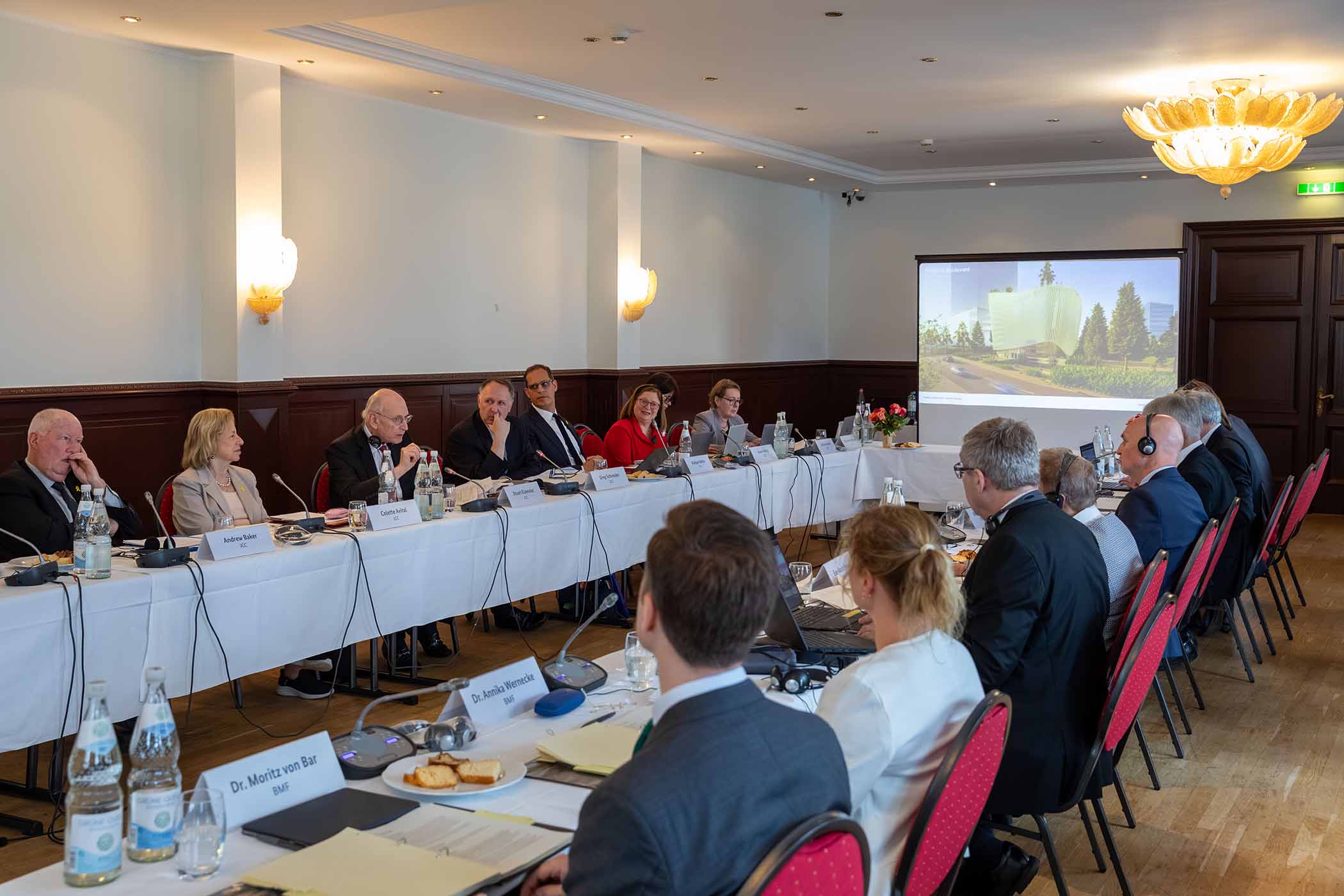
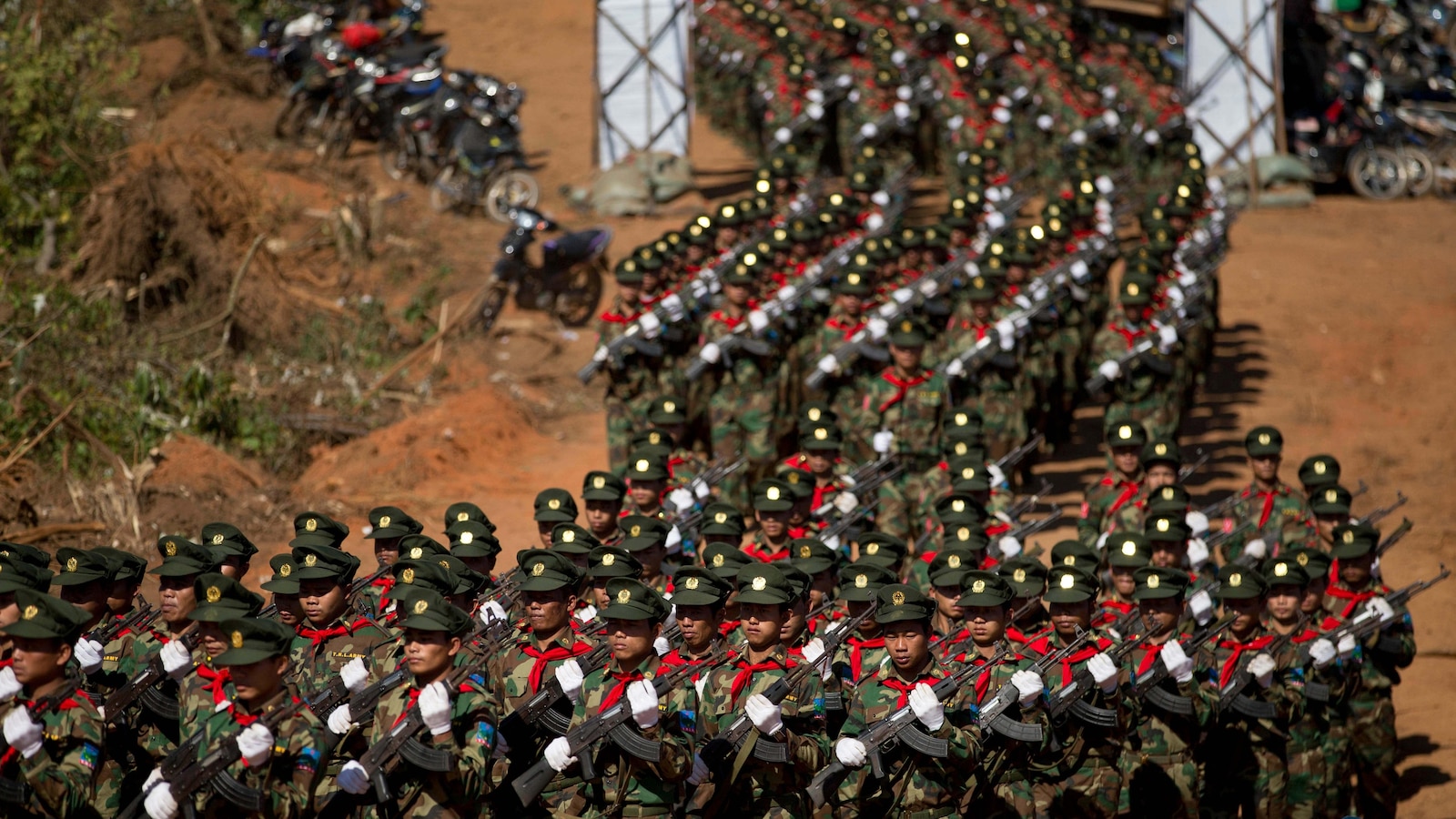

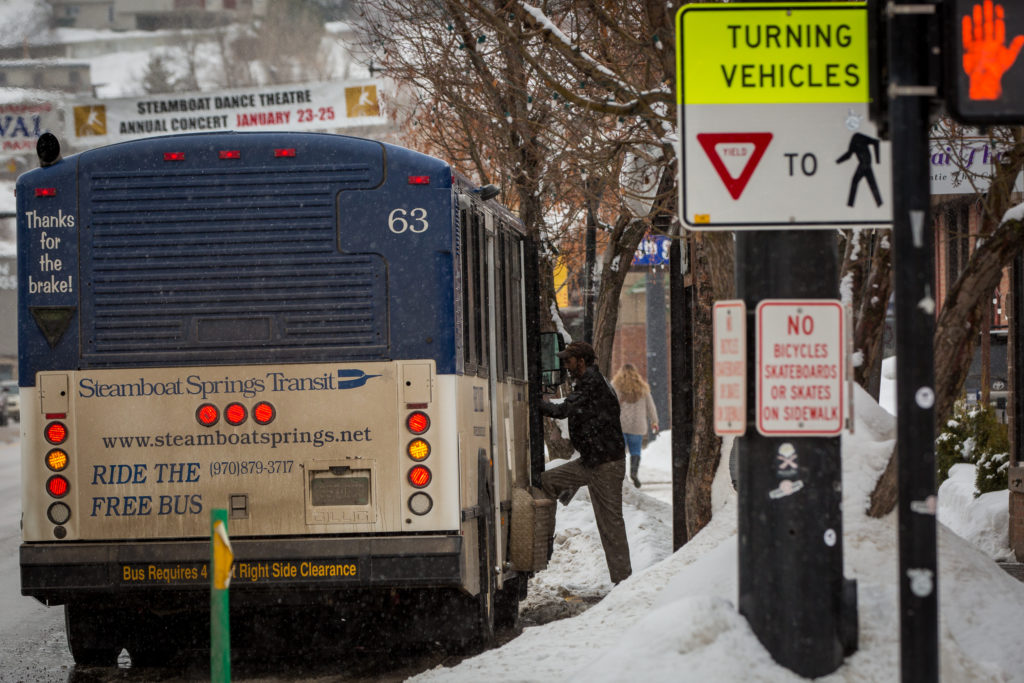












;Resize=805#)






